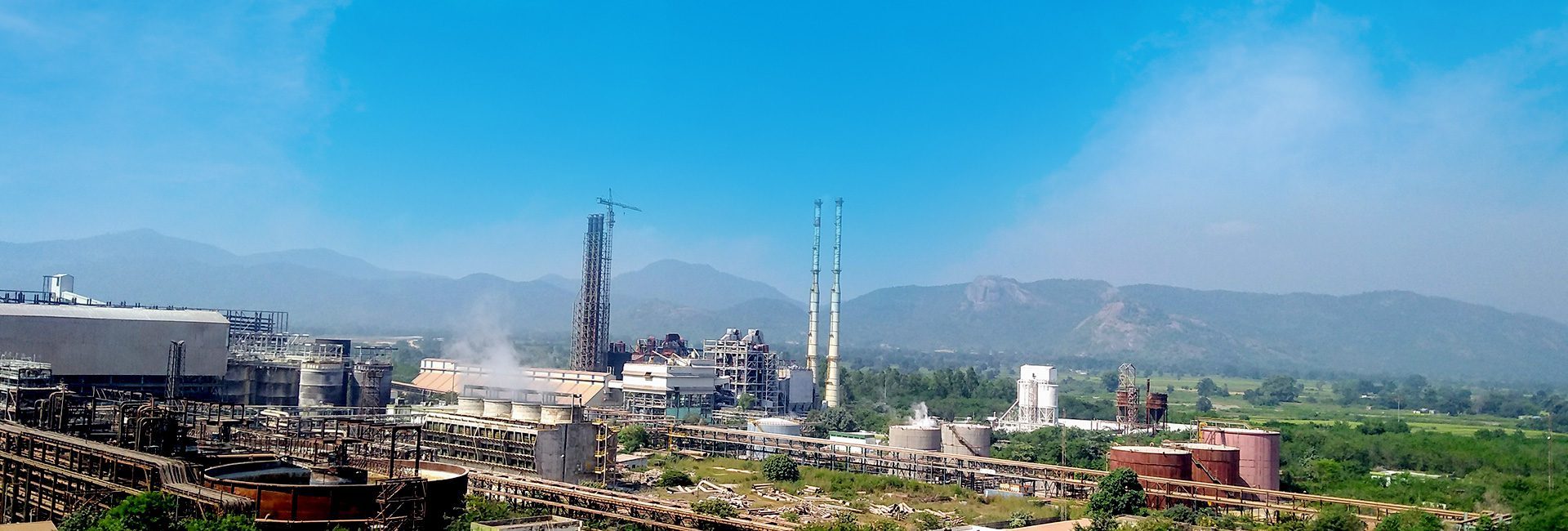By Priyabrat Biswal
Endowed with a wealth of natural resources — minerals, forests, and fertile lands — Odisha possesses immense potential for industrial and economic growth. Yet, for decades, many parts of the state remained underdeveloped, with persistent poverty and inadequate infrastructure. A compelling example of how the strategic and responsible use of natural resources can drive regional transformation is the story of Kalahandi and the establishment of the Lanjigarh alumina refinery by Vedanta Group.
Once emblematic of drought, poverty, and hunger, Kalahandi was frequently referenced as a stark symbol of underdevelopment in India. Its challenges did not stem from a lack of resources — indeed, it sits atop one of the nation’s richest mineral belts — but from the absence of industrial investment and supporting infrastructure. The narrative began to shift in the early 2000s with the establishment of the Lanjigarh refinery, which catalyzed a remarkable transformation in the region.
 The refinery’s presence ushered in more than industrial activity — it triggered a wave of socio-economic change. Jobs were created, healthcare services introduced, education initiatives launched, and critical infrastructure developed. Roads were upgraded, local youth received training and employment, and a network of ancillary industries began to emerge. These developments contributed to rising literacy rates, women’s empowerment, and expanded access to medical care. Today, Lanjigarh stands as a center of economic activity, and Kalahandi, once in the news for distress, is increasingly seen as an example of inclusive development driven by industry.
The refinery’s presence ushered in more than industrial activity — it triggered a wave of socio-economic change. Jobs were created, healthcare services introduced, education initiatives launched, and critical infrastructure developed. Roads were upgraded, local youth received training and employment, and a network of ancillary industries began to emerge. These developments contributed to rising literacy rates, women’s empowerment, and expanded access to medical care. Today, Lanjigarh stands as a center of economic activity, and Kalahandi, once in the news for distress, is increasingly seen as an example of inclusive development driven by industry.
Prior to industrialisation, Kalahandi’s economy was predominantly agrarian, with few options beyond subsistence farming. A 2019 impact assessment by Sattva Consulting captured a significant shift in this landscape. The growth of micro-enterprises and small-scale industries—particularly in modern agriculture, animal husbandry, fisheries, and brickmaking — has diversified employment opportunities across the district. Many of these ventures depend on raw materials linked to Vedanta’s operations, and now populate areas around Bhawanipatna and beyond, offering jobs to locals and fuelling demand for services such as automotive repair, food outlets, and logistics.
Over the years, essential services like education, healthcare, and basic infrastructure in Kalahandi — once marked by chronic deficits—have shown visible improvements. The opening of an English-medium school and support for 21 government schools through the Mo School Abhiyan have enhanced access to quality education, especially in Lanjigarh. In healthcare, the Vedanta Hospital serves over 13,000 patients annually, offering free diagnostic and emergency services. These gains have been supported by improved road connectivity, piped water supply, and sanitation infrastructure, thanks to collaborative efforts through public-private partnerships, notably the Lanjigarh Project Area Development Foundation.
Kalahandi’s transformation highlights a broader truth: industries that operate with sustainable practices and engage meaningfully with communities can become powerful drivers of regional development. Odisha’s rich deposits of bauxite, iron ore, coal, and other minerals position it well for industrial expansion. By facilitating the establishment of responsible industries, the state can unlock employment opportunities, build critical infrastructure, and uplift the standard of living.
To attract and sustain such industries, the state government must continue to foster a conducive environment. This includes streamlining approvals, offering incentives for environmentally and socially responsible practices, and encouraging robust public-private partnerships. A strategic focus on optimizing the state’s natural resource potential — particularly by opening up more bauxite mining opportunities — can yield transformative outcomes.
Establishing more refineries, smelters, and manufacturing hubs across Odisha will not only create jobs but also increase state revenues and spur the growth of downstream industries. These industrial anchors have a multiplier effect — supporting the development of transport, logistics, hospitality, and training ecosystems that benefit thousands. Moreover, they can attract educational and vocational institutions that equip local youth with the skills needed for a modern economy, thereby fostering self-sustaining growth clusters.
The momentum in Lanjigarh offers a model worth replicating and scaling. While challenges remain, the district’s evolution illustrates how industrial presence, combined with focused social investments, can meaningfully alter the development trajectory of historically marginalised regions. In Kalahandi’s case, the synergistic efforts of the state, community, and corporate sector are steadily redefining what is possible.
 The Business Bytes
The Business Bytes